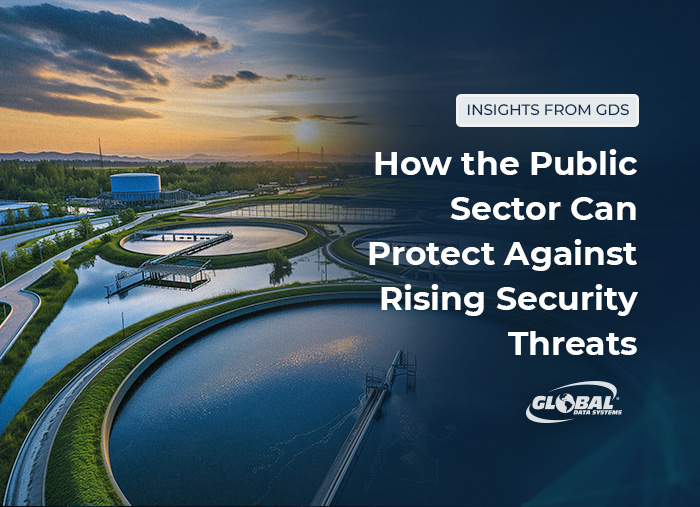How the Public Sector Can Protect Against Rising Security Threats
Recent ransomware attacks that disrupted city and county governments in Colorado, Georgia, Missouri and Pennsylvania highlight a worrisome trend of threats targeting public-sector organizations. Several new surveys note a sharp rise in attacks against federal, state and municipal agencies, school districts, and other public-sector organizations.

A new report from KnowBe4 finds that ransomware attacks increased by 95 percent in government agencies in the third quarter of 2023. That represents the largest spike of all industries sectors studied.
Ransomware isn’t the only threat, however. According to Verizon’s 2023 Data Breach Investigation Report, 20 percent of security incidents were linked to the public sector, the most of any industry. That’s up from 12 percent in 2022. More than two-thirds of public-sector breaches are driven by financial gain, with business email compromise a key threat. Thirty percent involve espionage.
Why Cybercriminals Target the Public Sector
Analysts say threat actors are targeting public-sector organizations for a variety of reasons. Chief among these is the lack of adequate security systems and support. Additionally, government agencies perform many critical functions. In a ransomware attack, these responsibilities may make the targeted organization more likely to simply pay the ransom rather than risk extended downtime.
There is a sharp rise in attacks against federal, state and municipal agencies, school districts, and other public-sector organizations.
High-value data is another reason government agencies and others in the public sector are targeted. Government agencies store information not only for the people they employ, but also for a huge number of businesses that do contract work. They also have vast amounts of data on the constituents they serve. For cybercriminals, the public sector is a source of financial and health data that can be used to commit fraud or sold on the dark web.
While the public sector is targeted by many of the same types of attacks as other industries, it also faces politically motivated attacks. Threat actors seek to steal sensitive intelligence information or disrupt government operations as a political statement. Worse, attackers target critical infrastructure to harm Americans. In many cases, these threat actors are backed by adversarial nation states.
How the Public Sector Can Protect Against Attacks
The National Cybersecurity and Communications Integration Center (NCCIC) recommends the following precautions for organizations that serve the public:
- Keep operating systems and applications up to date with the latest patches. Outdated software is the target of many attacks.
- Use next-generation firewalls to detect potentially malicious activity and block suspicious traffic.
- Scan all incoming and outgoing email to detect threats and prevent malicious attachments and executable files from reaching end-users.
- Implement strong email filtering to prevent phishing from reaching end-users. Authenticate email to prevent spoofing.
- Provide staff with effective security awareness training so they don’t fall victim to common social engineering attacks.
- Back up data frequently. Implement the 3-2-1 rule, with three copies of backup data on at least two different types of media and one stored offsite.
- Apply the principle of least-privilege access to restrict users’ ability to install and run software. This reduces the risk that malware will execute if a user clicks on a malicious link. It also limits the ability of malware to spread through a network.
- Use application whitelisting to allow only approved software to be installed and run on the network.
GDS Delivers Advanced Security Solutions to the Public Sector
Recent attacks reinforce the need for improved cybersecurity in the public sector. However, this often becomes a back-burner issue for IT staff with overwhelming day-to-day responsibilities, limited budgets and scarce resources. This is why many organizations are turning to managed services providers to boost their security posture.
At GDS, we leverage economies of scale to deliver advanced security solutions affordably. This includes managing and monitoring firewalls and intrusion prevention/detection systems, threat management, endpoint security and much more. In addition, we conduct regular security assessments to identify potential vulnerabilities. Give us a call to learn more.
Benefits of Managed IT Services from Global Data Systems
- Strategic Managed IT: We help you solve your technology related business problems.
- Connectivity: We get you reliable, secure connectivity anywhere in the western hemisphere in 48 hours.
- Support: When you need help simply call our 24x7x365 support number.
- Billing: Instead of managing hundreds of vendors - get one, easy to read bill from GDS.
Contact Managed Services Provider, Global Data Systems >
